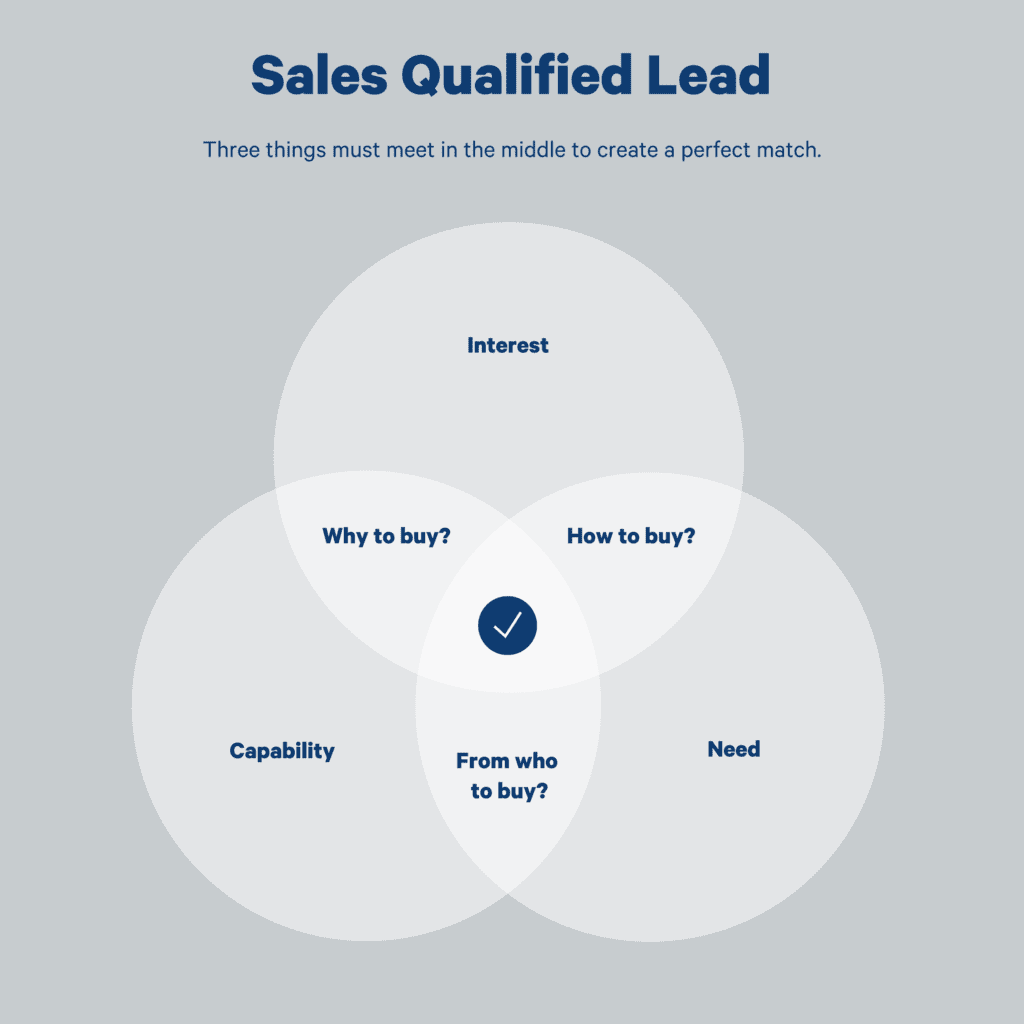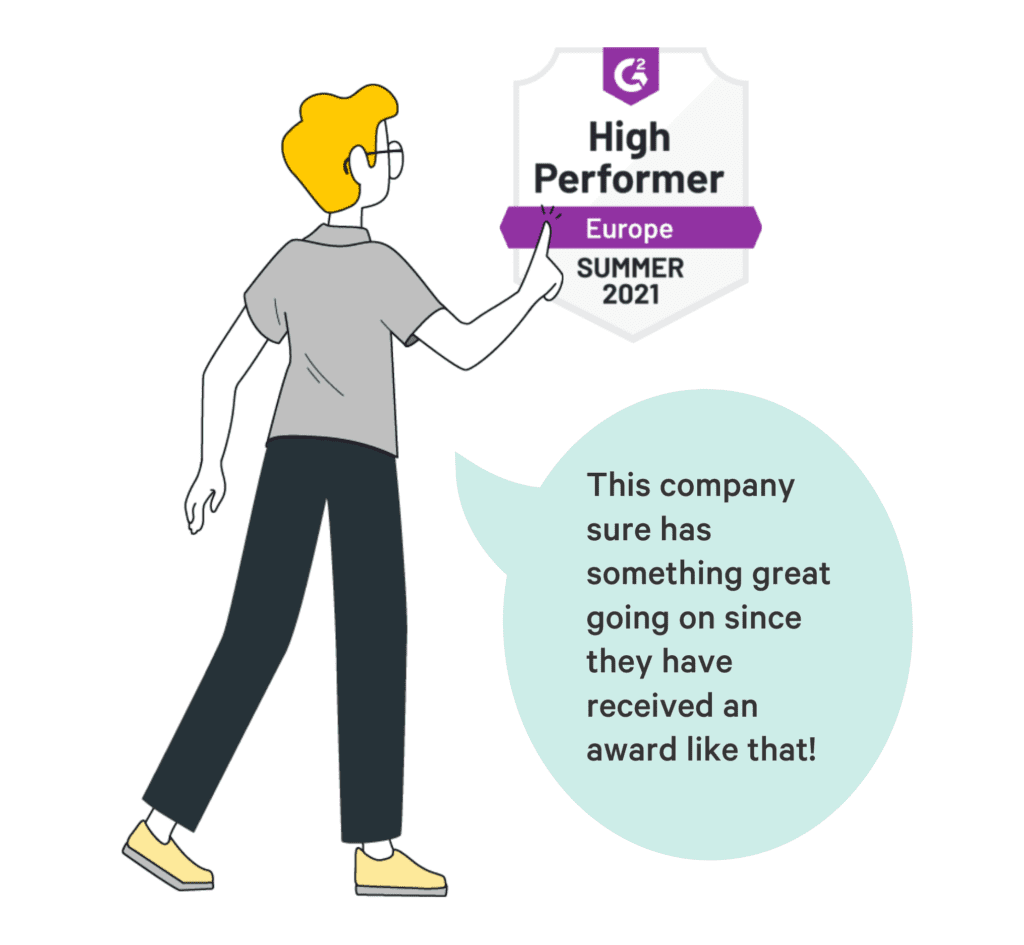Worst Conversion Rate Optimization Tips - Avoid Them

Research has shown that landing pages convert on average a 2.35%. That’s pretty good - but with the right advice, you could bump yours up much higher so that it sits in the 10%+ bracket.
The issue is that there’s a lot of faux conversion rate wisdom floating about. And when you listen to bad advice when it comes to converting your audience, you could lose their trust - and slip down the SERPs.
In this article, we’ll be highlighting the worst conversion rate optimization tips that are “hot” right now - and we’ll be showing you what you can do instead to bump up your conversion rates.
“Put Mobile Users First”
The general wisdom is that if you do all you can to convert your mobile users (even to the neglect of your desktop users) you’re winning.
This argument is probably based on the fact that mobile traffic is greater than desktop traffic.
That might be true - but desktop traffic actually converts better. In some industries, it converts twice as much.
As such, it’s not a smart idea to neglect your desktop users. Instead, it’s much wiser to find out how customers in your industry prefer to search for information, as well as how they convert and how they make purchases.
Then, once you understand the way they behave at different stages of the sales funnel, you can adjust your marketing efforts accordingly.
- improving website page speed on all devices,
- optimizing your website for mobile usage after you’ve solidified it for desktop, and
- performing A/B tests.
“Insanely High Conversion Rates Should Be The Goal”
“Good” conversion rates are subjective. But high conversion rates are typically upwards of 12%. If you can nail this 12% mark, you’re doing good.
However, some marketers will tell you to aim higher than that - much higher.
The problem is that you won’t necessarily be converting people who are likely to turn into loyal customers. Instead, you may end up converting people who - among other things - are simply taking advantage of your free offer in exchange for their email address.
a much better idea is to carefully plan your sales funnel and lead generation tactics so that you only target qualified prospects who are likely to
a) convert and
b) turn into long-term customers.

“Always Use Shorter Forms”
There’s a strong argument that shorter forms reduce the barriers to conversion.
In fact, “short is better than long” is, for some marketers, a golden rule.
But how true is this?
Logically, short forms might appear to make more sense. Fewer fields to fill out mean a customer has to put in less effort, right? This equates to less friction - and surely more conversions.
On the contrary, research has shown that long forms actually convert better.
There are a few reasons for this. If you opt for a short form you might end up removing key questions/fields that would have converted your audience.
Moreover, longer forms are better at building trust because customers often expect to have to hand over certain information.
Long forms give you more chances to qualify your audience, segment them based on their answers - and then convert those who have the potential to become long-term customers.
Lead generation forms are a great way of converting your audience with Trustmary, building trust, and extracting key information.
“Always Add Security Badges to Your Website”
The advice is that security badges help to establish trust.
True, security badges can establish trust - but only if you use them properly.
If you don’t use them properly - for example, if you add irrelevant badges, outdated badges, or unclear badges - security badges can actually have the opposite effect, deterring customers and decreasing your conversion rates.
Fortunately, there’s an easy fix to this one. Here are some tips:
- Only add badges you’ve got permission for
- Always add links to your badges so that your customers can verify them themselves
- Use badges that have clear messages
- Never add low-resolution badges
What do trustworthy security badges look like?
Because there are so many types of badges you can use, it’s important to go with badges that are the most recognized. If you can recognize them, there’s every chance your customers will recognize them as well.
Security badges also come with an SSL certificate like Comodo SSL, Sectigo SSL, DigiCert SSL, and RapidSSL certificate, which can be placed on any web page to enhance customer's trust. So, when you install an SSL certificate, it shows a secure seal that customers can see and get assurance about site security.
For example, Symantec provides one of the most instantly recognizable SSL badges and owns the likes of LifeLock and Norton, both of which are trusted brands.
It’s the same with TrustedSite Certified Secure trustmark - this is a brand and logo that people instantly recognize, and which makes them feel safe.
Accepted payment badges, meanwhile, should include logos by the payment methods your business accepts, such as PayPal and Visa, as well as payment methods that are known and trusted throughout the world.

Conclusion
Since there’s a lot of questionable advice out there, it’s a smart idea to find and then listen to established and trustworthy marketers when it comes to advise on conversion rates. This will help you focus only on tried and tested methods that work.
On top of that, you should also do your research and perform regular A/B tests so that you know what works best when it comes to converting your audience.
Further Reading
FAQ
How Can I Increase My Conversion Rate?
There are several ways you can increase your conversion rate. Social proof is a good start because, while a customer might not necessarily believe your words, they will have faith and trust in reviews left by existing customers.
You can add a live chat to your website, which answers your customer’s queries 24/7, and edges them closer to a conversion. You can also update your blog with educational and valuable content that introduces people to your products and builds trust.
Which Tools Can Boost My Conversion Rate?
You can use a wide range of tools to boost your conversion rate, including Trustmary, which helps you collect customer testimonials to use as social proof on your website.
You can also use analytics tools to see what’s working and what isn’t working on your website, heat map tools to assess where points of friction are on your website, as well as site speed testers to ensure your web pages are performing at optimal speed (necessary for conversions).
How Do I Know What’s a Good Conversion Rate for Me?
Conversion rates differ from industry to industry, so there’s no fixed answer to this question. However, it’s a smart idea to take a look at average conversion rates in your industry to see what you’re up against.
